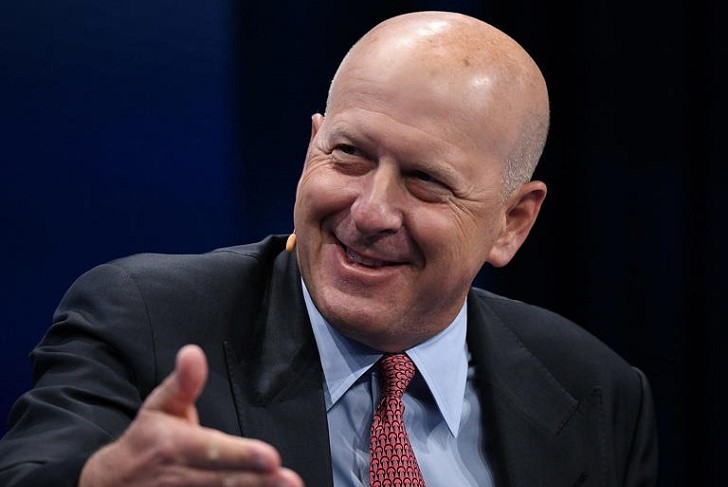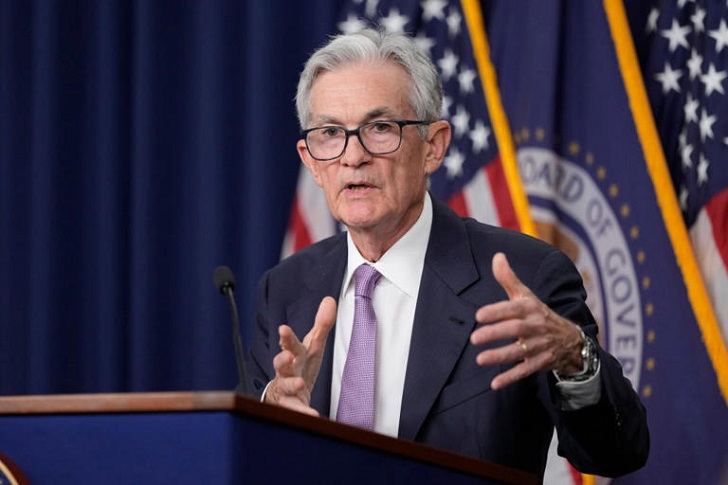Wall Street's recent rebound has sparked optimism for the Federal Reserve’s soft landing strategy. Major banks, including Goldman Sachs, Bank of America, and Citigroup, reported strong third-quarter earnings driven by surges in investment banking and trading revenues. This comeback has bolstered confidence that economic growth can continue without a steep recession, especially as the Federal Reserve gradually reduces interest rates, creating favorable conditions for deal-making and debt issuance.
Wall Street Rebound: A Positive Shift in Investment Banking
Wall Street saw a remarkable boost in the third quarter, primarily from investment banking activities. Goldman Sachs reported a 20% rise in investment banking fees, marking a clear improvement from last year. Citigroup and Bank of America echoed this success, with Bank of America’s trading revenues reaching an all-time third-quarter high. As companies grow more confident in issuing debt and pursuing mergers, these banks benefit from renewed corporate activity.
The increase in investment banking fees has proved pivotal for major banks. Goldman Sachs’ CEO David Solomon noted that client sentiment is positive, thanks to recent Fed rate cuts. This environment encourages companies to make deals, helping banks recover from last year’s downturn. As interest rates gradually fall, banks anticipate continued growth in mergers and acquisitions, underscoring Wall Street’s current optimism.

Business Insider | MSN | Goldman Sachs reported a 20% rise in investment banking fees, marking a clear improvement from last year.
Trading Revenue Climbs Amid Dealmaking Resurgence
Trading has also been a bright spot for Wall Street’s leading banks. Combined trading revenues for Goldman Sachs, Bank of America, Citigroup, and JPMorgan Chase reached $23.4 billion, a 6% increase from last year. This rise indicates a renewed market energy driven largely by high-performing equities and asset management segments. Bank of America, in particular, reported its tenth consecutive quarter of growth in trading revenue, signifying the strength of its sales and trading operations.
However, not all areas thrived. Fixed-income trading didn’t perform as well, with revenues dipping slightly, reflecting economic uncertainties. Nonetheless, equities trading saw growth across the board, driven by investor optimism and a shift toward riskier assets. This balanced performance helps banks navigate the complexities of current market conditions and supports a soft landing as envisioned by the Fed.
Interest Rate Cuts Fuel Optimism for Growth
Interest rate cuts by the Federal Reserve play a crucial role in Wall Street’s outlook. With the Fed recently reducing its benchmark rate by 50 basis points, banks are hopeful for a friendlier environment for economic growth. Executives at Goldman Sachs and Citigroup expressed optimism, noting that lower rates encourage businesses to engage in mergers, acquisitions, and other capital ventures. These activities not only boost banks’ bottom lines but also contribute to overall economic resilience.
Bank of America’s CEO Brian Moynihan highlighted the importance of this rate cut cycle, calling it a driver of investment banking and asset management growth. His sentiments align with those of other bank executives who see the rate cuts as attracting corporate clients back to the market. This optimism is grounded in the belief that lower borrowing costs will fuel new business activities, creating a ripple effect that bolsters economic stability.

Alex Oliveira | MSN | Interest rate cuts by the Federal Reserve play a crucial role in Wall Street’s outlook.
Economic Uncertainties Temper Market Confidence
Despite the positive outlook, banks remain cautious about certain economic uncertainties. Geopolitical tensions, particularly in the Middle East, and the upcoming U.S. presidential election pose potential risks to market stability. Citigroup CFO Mark Mason emphasized that these factors could impact market sentiment, reminding investors of the unpredictable nature of global events.
Such uncertainties, while significant, have not deterred Wall Street's momentum. Instead, banks use this time to position themselves advantageously for potential economic shifts. As the Fed navigates a delicate balance between growth and stability, banks monitor these external pressures closely to adapt as needed. The hope remains that the economy will sidestep major disruptions and continue on a sustainable growth path.
A Stronger Foundation for Major Banks
This quarter’s rebound highlights the resilience of major banks, especially as they navigate past challenges. Goldman Sachs, for instance, saw trading revenues rise by 2% year-over-year, driven by strong equities performance. Meanwhile, Bank of America exceeded expectations in Wall Street operations, with double-digit growth in trading and equity issuance. These gains are critical as banks work to strengthen their positions amid ongoing economic shifts.
Even with varying performance across different sectors, the gains provide a foundation for long-term stability. Banks like Citigroup have taken steps to improve shareholder returns, although challenges remain in achieving their target ROTCE (Return on Tangible Common Equity). Yet, the focus on sustainable growth, rather than rapid gains, aligns with the Fed’s strategy, supporting a steady recovery without triggering inflationary pressures.



